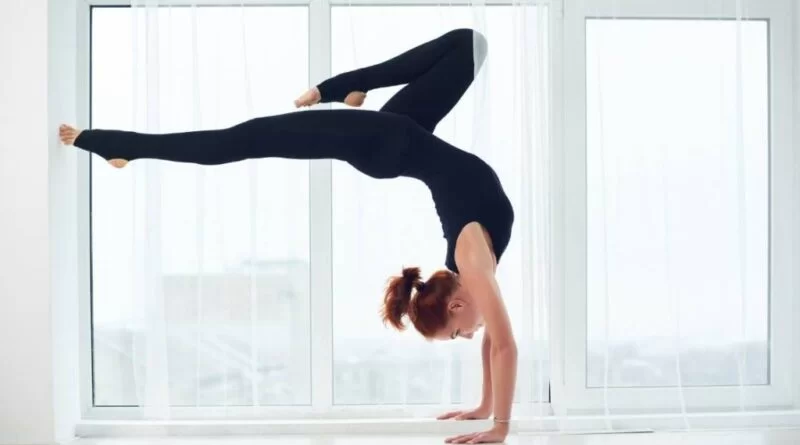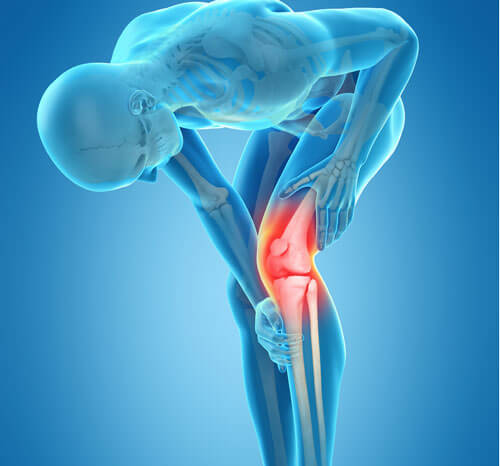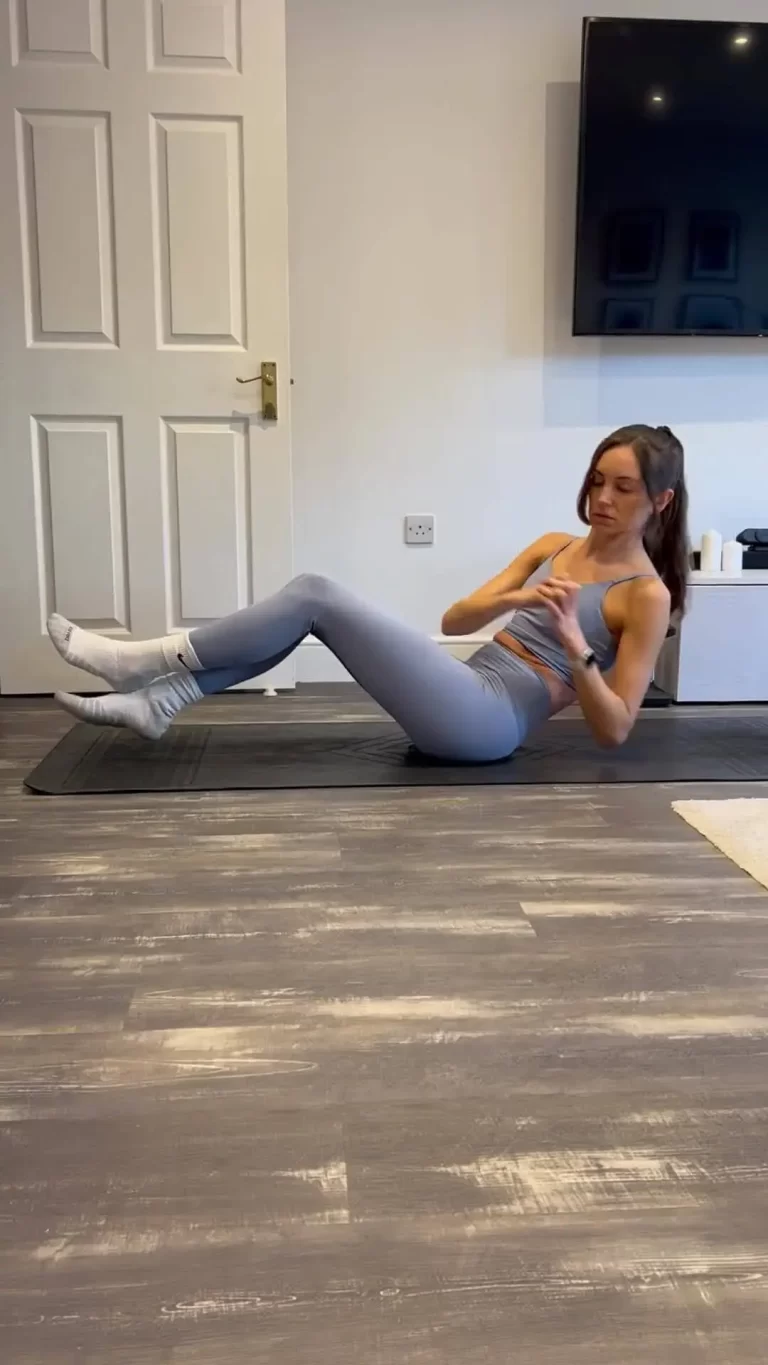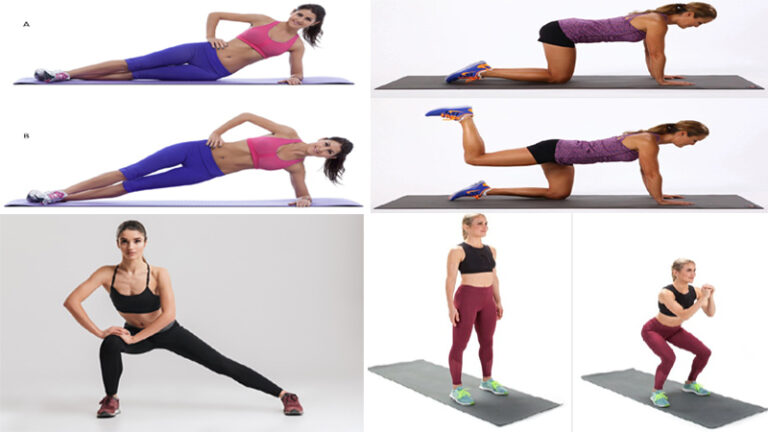Vrischikasana
What does Vrschikasana mean?
Vrischikasana, also known as Scorpion Pose, is a challenging yoga posture that requires strength, balance, and flexibility
The title of this posture arrives from the Sanskrit Vrschika, which means “scorpion,” and “asana,” which means “pose.” Vrschikasana is an advanced inversion that integrates a forearm balance with a backbend. It needs flexibility and strength in the shoulders and arms.
To practice Vrschikasana, the yogi begins in Pincha Mayurasana or forearm balance and then bends the knees so that the feet land near the head, thereby arching the back.
How to Do Vrischikasana (Scorpion Pose) Step-by-Step?
Here is an easy step-by-step direction that will support you practice Vrschikasana on the right path.
Begin this pose by bringing yourself to the tabletop position. Lower down your forearms, and balance the shoulders over your elbows.
Position your palm on the floor and extend your fingers. Squeeze your underarms, and create sure that the elbows don’t turn outside.
Concentrate on an imaginary point among your 1st fingers and thumb.
Press the floor by exerting force into the forearms, lift your hips high, and walk your toes toward your elbows.
This posture is even known as Makarasana (the Dolphin pose) and can help you in making strength in your shoulders. Begin lifting one leg and bend the other one. Accomplish a hopping movement to press your body away from the floor.
Nowadays, bring both legs above your head and balance your body using your forearms. This is called the Pincha Mayarasana (peacock posture).
You can press via your shoulders and forearms to purify your pose. Maintain your thighs close to each other.
Currently, start moving the back of your legs and hips forward and get them in line with your shoulders. and yet this point, your breastbone should be perpendicular to the floor.
Bend your knees and manipulate your core muscles to support your backbone. Move your focus past that imaginary point. Ensure that you accomplish not experience pressure on your muscles while deepening the spine. If you do feel intense contractions (any sort of strain), you can come out of the posture gradually.
Bring in-depth breaths and try to maintain this yoga pose for about fifteen to thirty seconds. You can reduce or augment this time later according to the flexibility and strength of your body.
To reduce the Scorpion asana, you have to first extend your knees and lengthen your legs. This unwinding will bring you into the feathered peacock poses that we just mentioned above.
Bring your claws back on the ground and get yourself into the dolphin posture. Slowly, move to the child pose, then to the forward-folding posture, and finally to the place where you start the Scorpion position.
Vrischikasana – Scorpion Pose Video
Benefits of Vrischikasana (Scorpion Pose):
- Strengthens the torso, back, arms, and shoulders
- Improves your sense of balance
- Improving the flexibility of the spine
- Builds stamina and endurance
- Permits blood to rush to the brain enhancing memory and attention
- Produces the hair follicles in the scalp (hair loss prevention)
- Release accumulated tension in the shoulders and backbone
- It reverses the impact of gravity on the body.
- It augments the flow of blood to the head and brain.
- It alleviates piles and varicose veins.
- It tones the reproductive organs
- The asana stretches and relaxes the muscles of the back (spine).
- It strengthens the arms.
- It is good for making a sense of balance.
Modifications and Variations of Vrischikasana
Beginners in yoga should not attempt this advanced posture. Your yoga teacher can help you understand your limits and whether it is safe to progress.
Need a Modification?
If you are comfortable doing Forearm Stand on the wall, you can start to work on Scorpion on the wall.
Arrive into Forearms Stand with your feet on the wall. Because your hands are further from the wall, placing your feet on the wall will create a backbend position in your backbone.
Bend your knees and begin walking your ground down the wall toward your head to draw your backbone into extension. Recognize when it’s time to stop—you should feel strong and stable and not be experiencing any aches.
Precautions & Contraindications
Individuals with high blood pressure or heart disease must ignore this pose.
Do not practice Vrischikasana during pregnancy. Accomplish not to rush to attempt scorpion pose as a beginner yogi.
Try to bring expertise in all the pose that acts as its foundational postures. Just after gaining that flexibility and control phase toward such an advanced pose.
Avoid posture if you have any injury (issue) in the backbone, shoulders, wrists, or hips. Individuals having dizziness should even not perform this pose.
Conclusion
This sequence depicts one path the Scorpion pose can be retained via postures such as pinch Mayurasana, and Urdhva Dhanurasana. The steps presented in this position can be beneficial if you are wishing to finally practice the full pose in its entirety, or if you are only looking to enhance your upper body strength, and gain mobility in your backbone and shoulders. Vrschikasana and its preparatory steps are energizing postures that support building confidence, strength, and stability.
FAQ
1. What is Vrischikasana?
Vrischikasana or Scorpion pose is an inverted asana in modern yoga as the exercise that combines a forearm balance and backbend; the variant with hands rather than forearms on the floor, elbows bent, is called Ganda Bherundasana.
2. What is the physiology of Vrikshasana?
In this pose our entire body is placed on one leg thus Vrikshasana enhances the balance and stability of the body. It strengthens the ligaments and tendons of the feet. It strengthens the bones and muscles of the hips, legs, arms, and shoulders because of the weight-bearing nature of this Asana.
3. Is scorpion pose difficult?
While the Vrschikasana is a difficult posture to master, it provides a challenge that few yogis crave and are determined to conquer. To gain the proper alignment of the pose and optimal strength, you must practice exercises, strengthen your core, and master basic yoga postures first.
4. What are the benefits of Vriksasana?
Vrikshasana calms and relaxes and stretches the entire body and the central nervous system. This asana improves the strength of the legs and stretches the hips and also improves your neuromuscular coordination and endurance. It may also be useful for those who suffer from sciatica pain (nerve ache in the leg).






